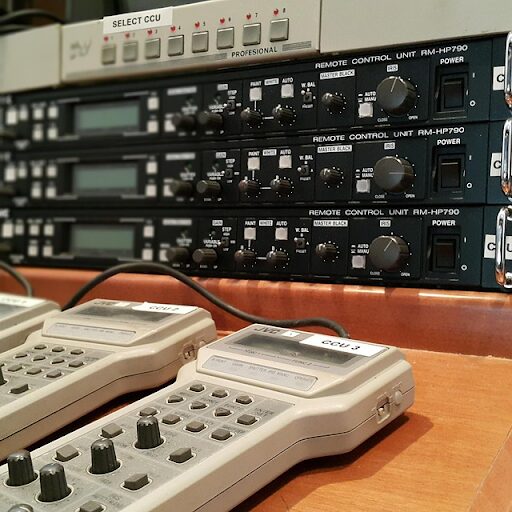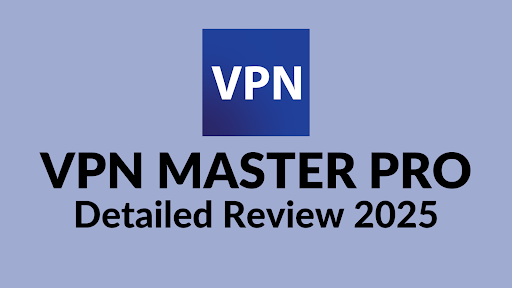The Internet of Things (IoT) is undergoing explosive growth. GSMA Intelligence predicts there will be more than 38 billion IoT connections by 2030, with enterprise applications accounting for more than 60% of this figure.
The introduction of the eSIM specification for IoT devices is a major contributor to enterprises’ increased adoption of eSIM and the pervasive optimism for the expansion of the IoT market.
IoT applications demand secure, scalable and flexible connectivity solutions. eSIM technology is a frontrunner in meeting these requirements, offering a digital, programmable SIM that can be remotely provisioned and managed.
Within the eSIM ecosystem, two primary specifications have evolved for commercial and industrial applications: M2M (machine-to-machine) eSIM and IoT eSIM. Both share a common foundation, but they cater to distinct use cases and offer varying levels of flexibility and scalability.
M2M eSIM: A Telecom-Centric Specification
Designed primarily for large-scale, industrial IoT deployments, M2M eSIM is a specification focused on robust, centralised management of SIM profiles. It’s particularly well-suited for fixed assets like smart metres, automotive solutions and industrial equipment that communicate mainly among themselves (thus, machine-to-machine) and require minimal human interaction.
Key Features of M2M eSIM
The M2M eSIM specifications have the following key features:
- Remote SIM Provisioning (RSP): M2M eSIM allows operators or enterprises to remotely change, update or swap subscription profiles without requiring physical access to the device. For example, the M2M eSIM-enabled metre in a pump located in Siberia can be updated and remotely administered from a central location to ensure the asset (the pump) will remain connected and its data logged at all times.
- Secure Over-the-Air (OTA) Management: There’s secure and reliable communication between M2M eSIM-enabled devices and their network carriers. This is particularly critical in industries like energy and transportation.
- Long Product Life Cycles: Some M2M devices may have contact with human operators only prior to deployment. Examples include sensors installed in remote fields and inaccessible locations. M2M eSIMs are designed for extended deployment cycles, often exceeding a decade, so they’re suitable for applications requiring long-term connectivity.
Limitations of M2M eSIM
There are limitations to the M2M eSIM. They include the following:
- Limited Flexibility: M2M eSIMs are not very flexible. They are primarily designed for fixed assets and may not be ideal for applications requiring frequent network switching. The development of the IoT eSIM specifications is mainly due to M2M eSIM’s limited flexibility.
- Reduced Scalability: While M2M eSIMs can handle large-scale deployments, scaling them to the massive number of devices expected in future IoT ecosystems presents many potential challenges. One of the most significant roadblocks to seamless scaling is the centralised, manual intervention required to update or swap eSIM profiles.
IoT eSIM: A More Flexible Framework for a Dynamic Environment
The IoT eSIM specification was introduced to address modern IoT applications’ diverse and dynamic requirements. It’s designed to accommodate a broader range of use cases, including wearable, logistics, health, and agriculture IoT devices.
Key Features of IoT eSIM
The IoT eSIM specification has the following primary characteristics:
- Enhanced Flexibility: IoT eSIMs offer excellent flexibility, allowing devices to switch between networks more frequently and efficiently than the M2M specification. This makes them particularly suitable for transportation and logistics applications that require IoT devices to travel to places where connectivity requirements and availability vary.
- Localised Optimisations: IoT eSIM devices can connect to the most suitable network based on coverage, cost and specific requirements. They are equipped with an eSIM remote manager (eIM) and an IoT profile assistant (IPA) that enable them to pull subscription profiles.
- Improved Subscription Management: IoT eSIMs give enterprises and service providers more control over SIM profiles and networks, reducing reliance on telecom operators.
Limitations of IoT eSIM
eSIM IoT is not a perfect solution, of course. Limitations include:
- Increased Security Risks: The flexibility and scalability of IoT eSIMs come at the cost of increased security risks. eSIM IoT devices’ broad deployment exposes them to more potential cyberattacks and potential unauthorised access.
- Reliability Issues: M2M eSIM systems are custom-built and engineered for specific applications, ensuring rock-solid reliability. IoT eSIMs, with their frequent network switching and dynamic profile management, may lead to a greater incidence of interruptions and downtimes.
- Increasing Costs: eSIM for IoT deployments may lead to higher operational costs when IoT devices are constantly on the move and frequently switching networks. In contrast, M2M eSIM devices have predictable, negotiated cost structures.
Key Technical Distinctions Between M2M and IoT eSIM Specs
The following is an overview of the point-by-point differences between the eSIM for M2M and IoT specifications:
- Remote SIM Provisioning Model: M2M eSIMs follow a push-based model, while IoT eSIMs adopt a pull-based model.
- Security: Both specifications employ advanced encryption standards, but IoT eSIMs place greater emphasis on cloud-based security measures to manage the wide variety of devices they support.
- Life Cycle Management: M2M eSIMs are designed for long-term deployments, while IoT eSIMs are more suitable for devices with shorter life cycles and frequent updates.
M2M Versus IoT eSIM
M2M eSIMs are ideal for large-scale industrial deployments with minimal human interaction, while IoT eSIMs offer greater flexibility and scalability for a wider range of use cases.
Industrial applications in controlled environments can maximise the utility of the M2M eSIM specification, while cloud-enabled smart cities and other modern applications naturally prefer the flexibility of IoT eSIM.
The choice between the IoT and M2M SIM specifications depends on application requirements. By understanding the key differences and considering specific needs, MNOs, MVNOs, MVNAs, and MVNEs can recommend the more suitable option to their enterprise clients.












